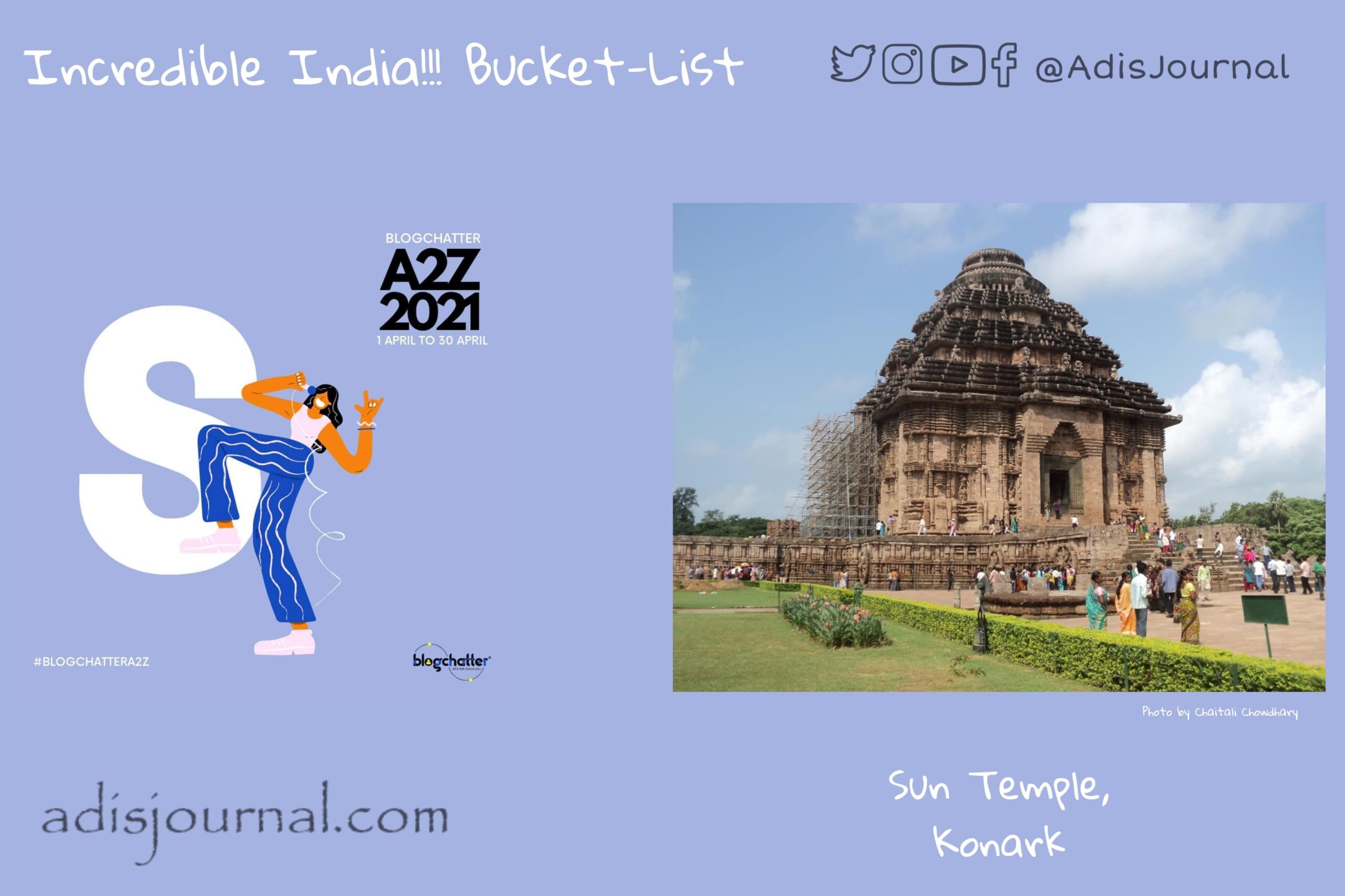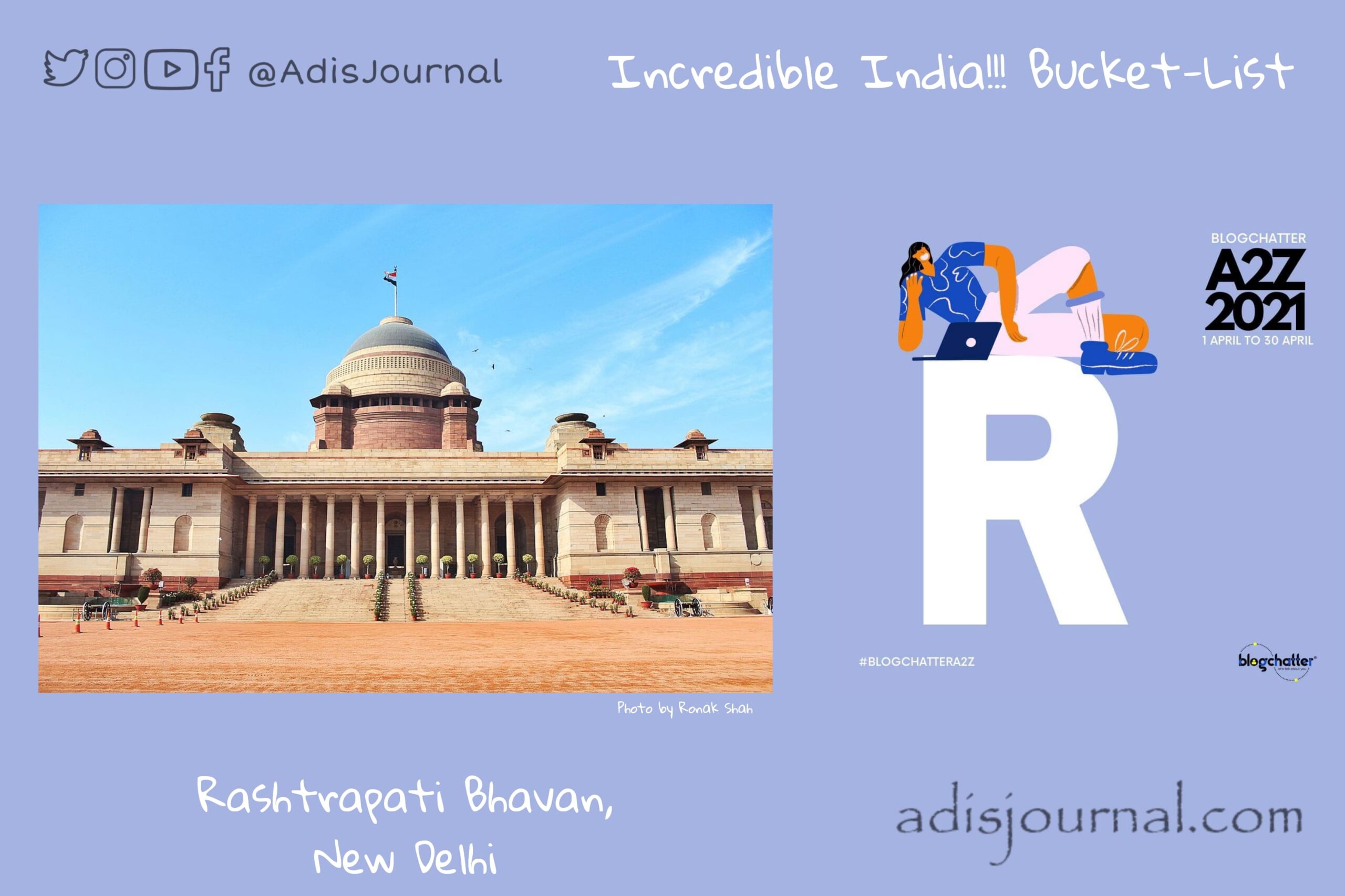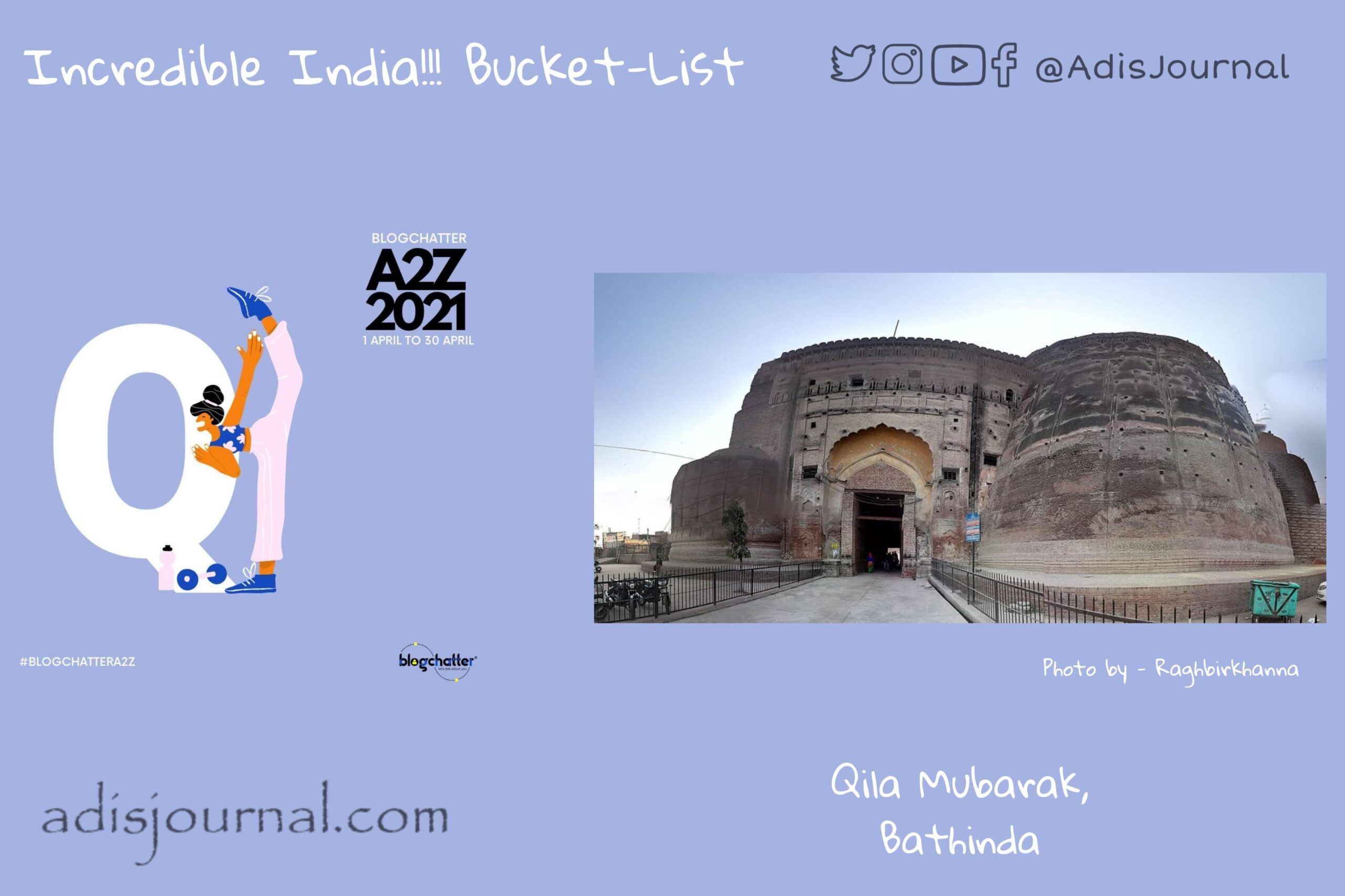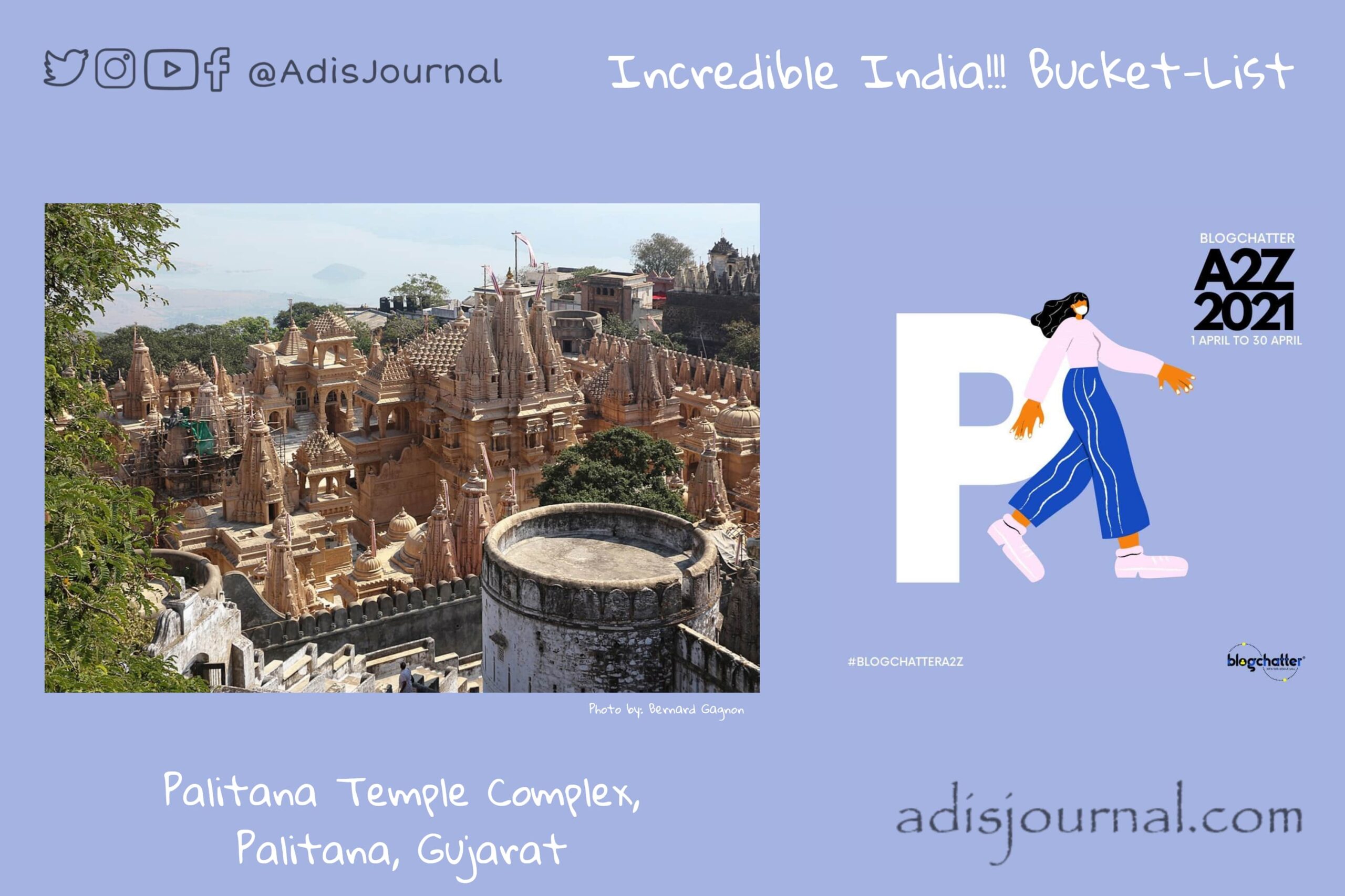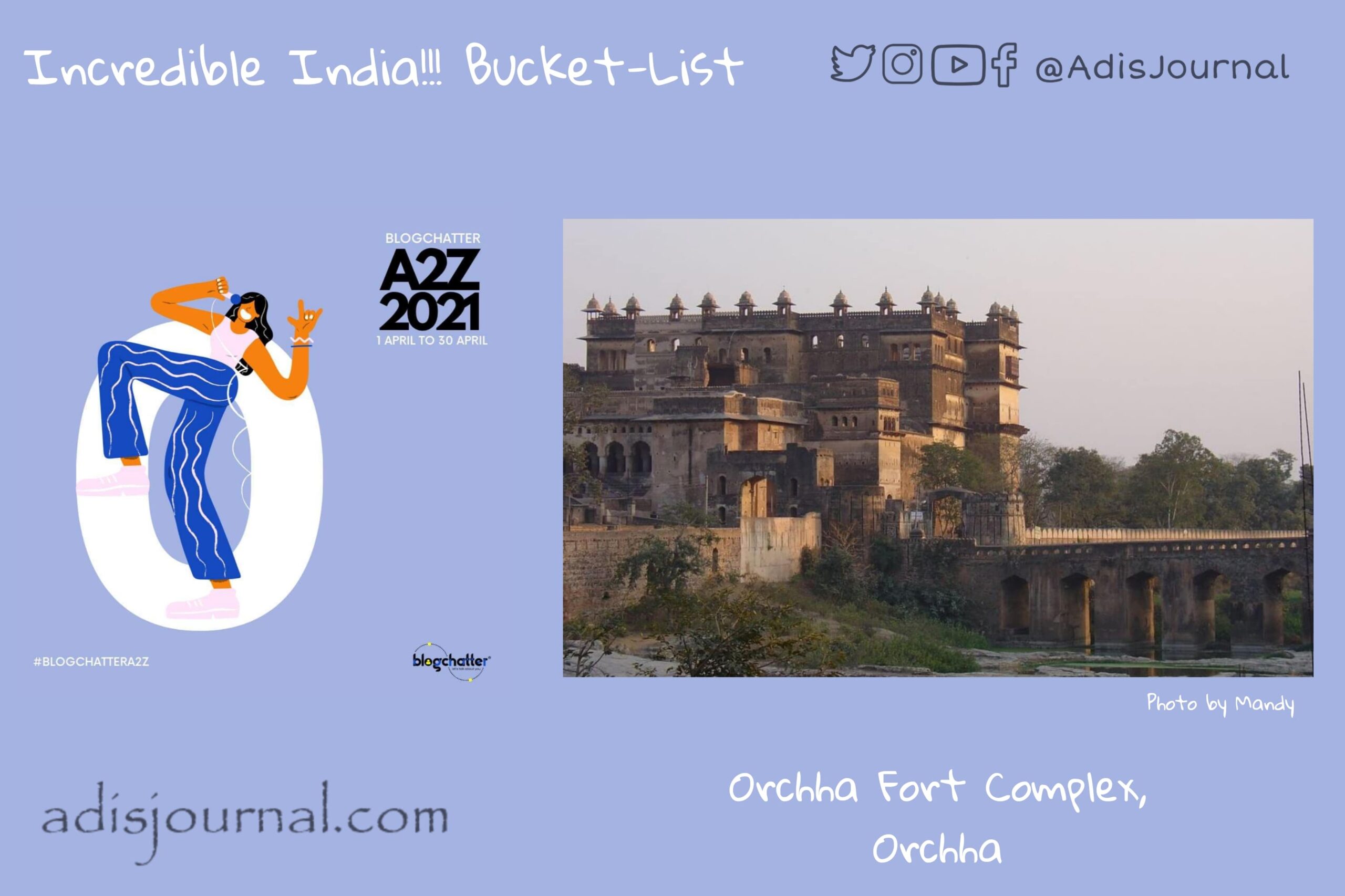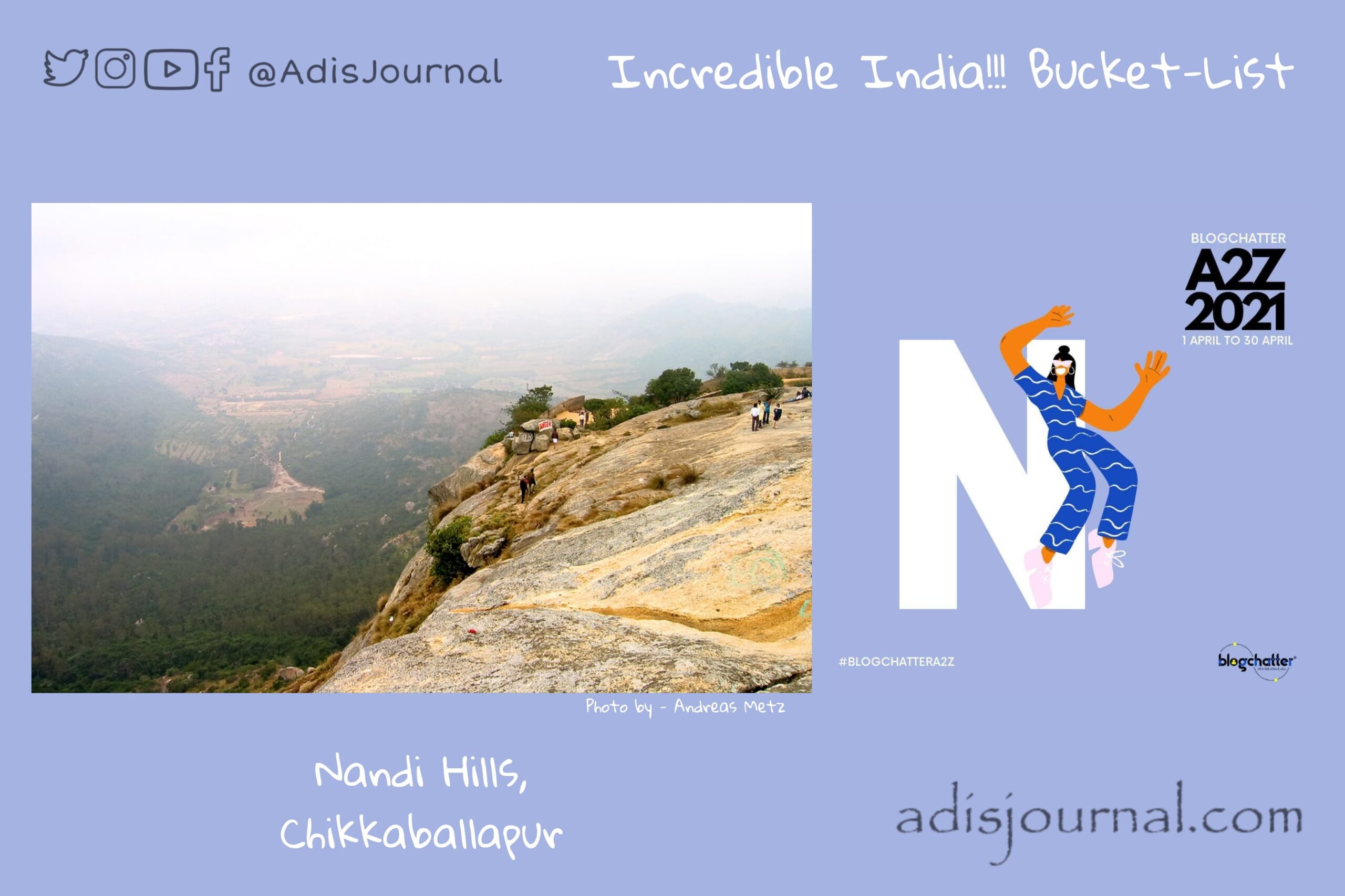
In the Vedic tradition of Hinduism, people worshiped forces of nature in the form of various deities. The Sun god Surya was one of the important deities of the era. However, Indians built many temples to worship this god. Today we are visiting the most prominent sun temple out of many in India. We are going to Konark to see the ruins of one of the oldest Sun temples of India which once was a magnificent temple complex.

Watercolour drawing of the north side of Surya Temple Konark (1820) 
A lithography plate from James Fergusson’s Ancient Architecture in Hindoostan (1847) 
Konark sun temple Photo by Chaitali Chowdhury Copyrights CC BY SA 3.0
From the pages of history of Sun temple
Though sun god is a Vedic deity, we have built its temples since the 7th century. Narasimhadve I of Eastern Ganga Dynasty built this particular temple around 1250 CE. The historic documentations of the planning and construction of this temple is written in Sanskrit with Odia script. This writing is in a form of preserved palm leaves manuscripts. These scripts surfaced during an excavation in a nearby village during the 1960s. The king sponsored the construction of the temple on which Siva Samantaraya Mahapatra was the overseer. This new temple site was near the old one. They re-consecrated sculpture of deity from old temple and established in this new larger temple complex. Many copper plates describe the development of the complex and address the temple as “great cottage”.
“Here the language of stone surpasses the language of human”
Rabindranath Tagore about Sun temple Konark.
What can we see at Sun Temple today
Temple had two parts, one mandapa and one inner sanctum called Deul. However, today only mandapa survives the tests of time and stands there with very intricate carvings and sculptures. Old documents suggest that shikhara of deul was around 225 ft high. It is enough to give us an idea about the glorious temple which once stood these grounds. The shape of the temple was that of a giant stone ornamented chariot pulled by 7 horses with 24 huge stone wheels. Wheels are very elaborately carved. If one looks at the temple at dawn from inland, it looks like the chariot is emerging from the ocean. Last standing part of Deul succumbed to the neglect and forces of nature around late 1800.

Chariot Wheels illustrative intricate carving, Photo by Andrew Moore Copyrights CC BY-SA 2.0 
Sculpture of a young woman on sun temple konark Photo by H. Grobe Copyright CC BY 3.0 
Bansuri player and ghana player at Photo by Mike Prince Copyrights CC BY 2.0 
Konark Temple Panorama Photo by Alok Prasad, Copyrights CC BY 3.0
Carvings
Walls are full of carved intricate motifs. There are many sculptures of male and female musicians holding various musical instruments including the vina, mardala, gini, sculptures of Hindu deities, apsaras. You can also see images from the daily life and culture of the people (artha and dharma scenes), various animals, aquatic creatures, birds, legendary creatures, and friezes narrating the Hindu texts. Along with these Konark temple is also famous for its erotic sculptures of maithunas. There are large statues of lions subduing elephants, elephants subduing demons, a warrior and a horse, etc. There was an intricately carved pillar dedicated to Aruna, a chariot marshal of Surya. This piller was in front of eastern stairs of the poarch. But today, the pillar stands in front of the Jagannath temple in Puri.
In popular culture
If you happen to visit this glorious place, don’t forget to check the chariot wheel which appears on the reverse side of our 10 rupees currency note. This signifies the importance of this temple to Indian heritage and culture.

I am participating in the A2Z challenge with Blogchatter and this is my take on the ‘S’ challenge. “S is for the Sun Temple, Konark”. You can find my other posts from this challenge here.

